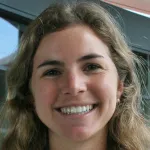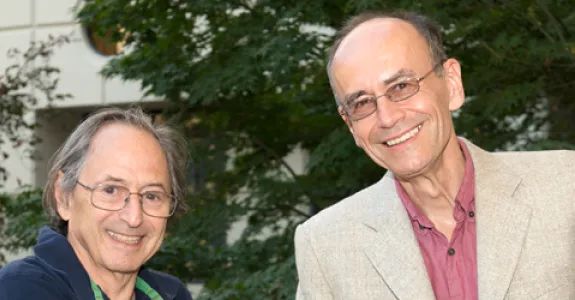
Dr. Levitt's group's research focuses on three different but inter-related areas of research.
First, they are interested in predicting the folding of a polypeptide chain into a protein with a unique native-structure with particular emphasis on how the hydrophobic forces affect the pathway. They expect hydrophobic interactions to energetically favor structure that are more native-like. In this way, the same stabilizing interactions that exist in the final folded state the search tractable.
Second, they are interested in predicting protein structure from sequence without regard for the process of folding. Such prediction relies on the well-established paradigms that similar protein sequences imply similar three-dimensional structures. They have focused on the hardest problem in homology modeling: the refinement of a near-native structure to make it more precisely like the actual native structure of protein. They have also focused on how the general similarity of all protein sequences resulting from their evolution from common ancestor sequence affects the nature of the protein universe.
Third, we are focusing on mesoscale modeling of large macromolecular complexes such as RNA polymerase and the mammalian chaperonin. In this work, done in close collaboration with experimentalists, they use new morphing strategies combined with normal mode analysis in torsion angle space to overcome problems caused by the size and complexity of these critical, biomedically important systems.
All this work depends on the way a molecular structure is represented in terms of the force-field that allows calculation of the potential energy of the system. They employ a very wide variety of such energy functions that extend from knowledge-based statistical potentials for a single interaction center per residue to quantum-mechanical force-fields that include inductive effects as well as polarization.










